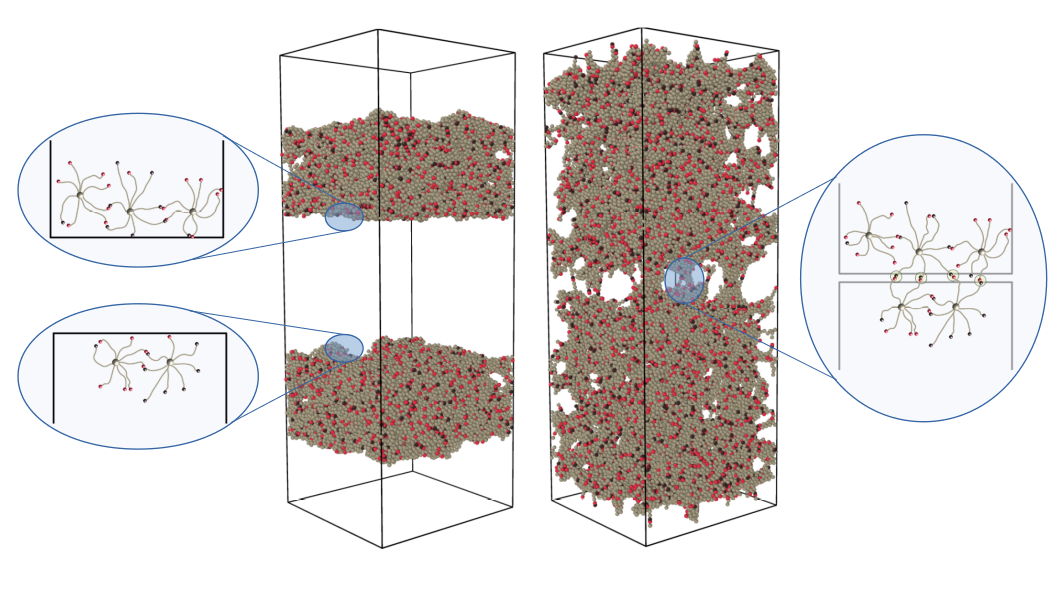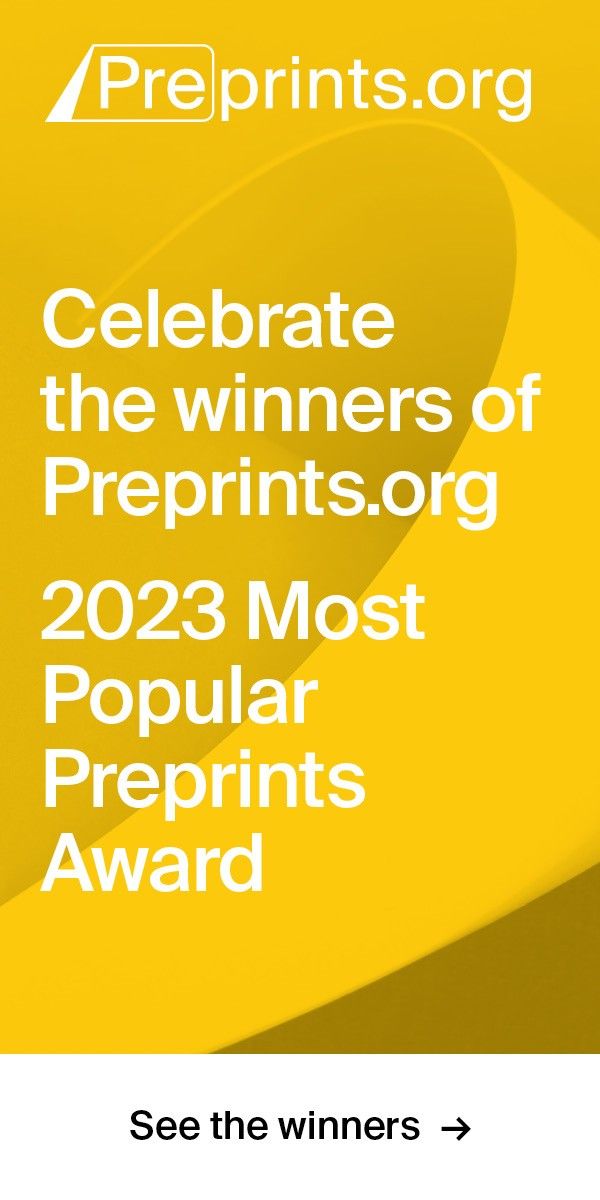Article
Version 1
Preserved in Portico This version is not peer-reviewed
Swap-Driven Self-Adhesion and Healing of Vitrimers
Version 1
: Received: 6 February 2019 / Approved: 7 February 2019 / Online: 7 February 2019 (09:16:44 CET)
A peer-reviewed article of this Preprint also exists.
Ciarella, S.; Ellenbroek, W.G. Swap-Driven Self-Adhesion and Healing of Vitrimers. Coatings 2019, 9, 114. Ciarella, S.; Ellenbroek, W.G. Swap-Driven Self-Adhesion and Healing of Vitrimers. Coatings 2019, 9, 114.
Abstract
Vitrimers are covalent network materials, comparable in structure to classical thermosets. Unlike normal thermosets, they possess a chemical bond swap mechanism that makes their structure dynamic and suitable for activated welding and even autonomous self-healing. The central question in designing such materials is the trade-off between autonomy and material stability: The swap mechanism facilitates the healing but it also facilitates creep, which makes the perfectly stable self-healing solid a hard goal to reach. Here, we address this question for the case of self-healing vitrimers made from star polymers. Using coarse-grained molecular dynamics simulations, we study the adhesion of two vitrimer samples and find that they bond together on timescales that are much shorter than the stress relaxation time. We show that the swap mechanism allows the star polymers to diffuse through the material through coordinated swap events, but the healing process is much faster and does not depend on this mobility.
Keywords
self-adhesion; self-healing; polymers; vitrimers
Subject
Chemistry and Materials Science, Polymers and Plastics
Copyright: This is an open access article distributed under the Creative Commons Attribution License which permits unrestricted use, distribution, and reproduction in any medium, provided the original work is properly cited.
Comments (0)
We encourage comments and feedback from a broad range of readers. See criteria for comments and our Diversity statement.
Leave a public commentSend a private comment to the author(s)
* All users must log in before leaving a comment








